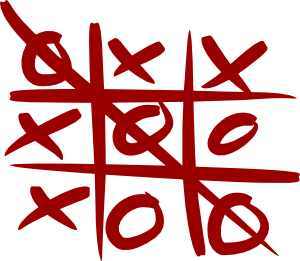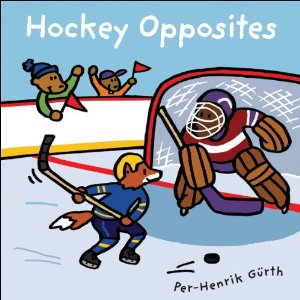Surprisingly, there are lots of things that kids can learn from hockey that will promote kindergarten readiness. So far, there’s been blogs on learning numbers, colors, shapes, and opposites. Plus, 2 more with a simple science experiment and language development. With the Stanley  Cup series tied at 2 games each, I’ll risk doing a blog post on the emotional lesson of winning and losing.
Cup series tied at 2 games each, I’ll risk doing a blog post on the emotional lesson of winning and losing.
For little ones, parents and other caregivers try to make learning about winning and losing less hurtful. After all, it can be very painful even for grownups. We can’t shield kids from it all the time, and it wouldn’t be healthy for them on an emotional level, either. Sometimes, baby sister gets the cuddle or big brother gets an ice cream treat. Having some experience coping with things not always being equal really helps for readiness for kindergarten. There are lots more kids than teachers in a classroom and not every child can be first in line, or gets a turn that day with the big music drum. Sigh, it’s hard to learn but seeing grownups dealing with winning and losing appropriately can help kids learn this, too.


 During breaks, you and your child can play I Spy with colors or shapes. Looking for details is good practice for kindergarten readiness. Sometimes kids are better at this than adults! It’s great fun to play I Spy in an arena. There’s so many choices of different kinds of shapes.
During breaks, you and your child can play I Spy with colors or shapes. Looking for details is good practice for kindergarten readiness. Sometimes kids are better at this than adults! It’s great fun to play I Spy in an arena. There’s so many choices of different kinds of shapes.